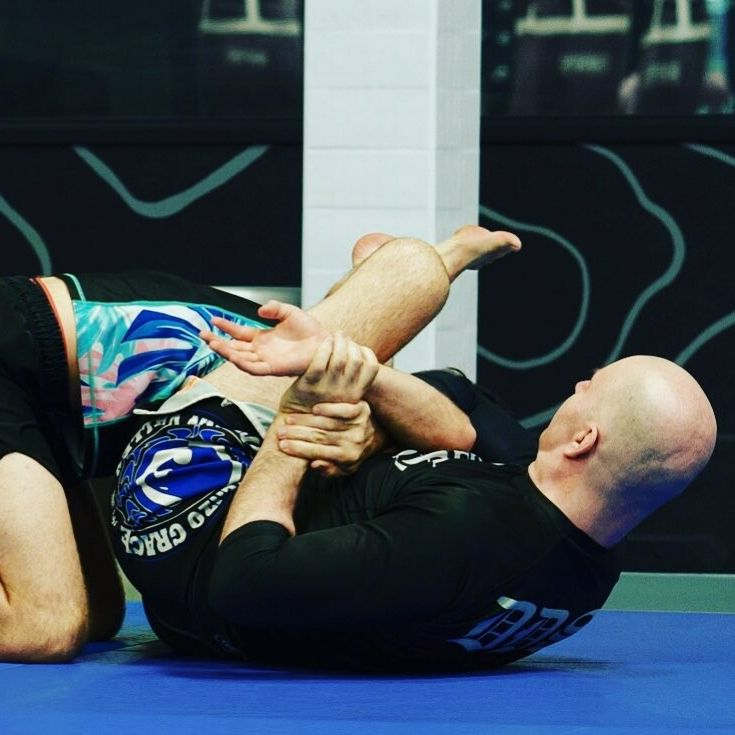
The fundamental choice in joint locks. John Danaher
- Foundation date
01 August 2022
The fundamental choice in joint locks - twisting or linear: Joint locks are the second major category of submission holds (strangleholds are the first). They can be divided into linear locks and twisting locks. A good example of a linear lock would be juji gatame arm bar or a knee bar. The joint is straightened out and the breaking pressure is in a straight line. Twisting locks involve turning the joint to create a rotational breaking pressure. Both are devastating when taken to their limit, but in my experience the effects of rotational locks tend to come on quicker and have greater fight ending capability when applied in practical situations. Make sure you have at least one of each type per limb taken to a high level of development. Often as an opponent straightens a limb defensively in response to a twisting lock, you can switch to a linear lock; and, as he bends his arm to escape a linear lock, you can switch to a twisting lock. Don’t see them as rivals, but rather as complimenting partners. On their own, they’re good - working as a pair they’re great.
John Danaher

